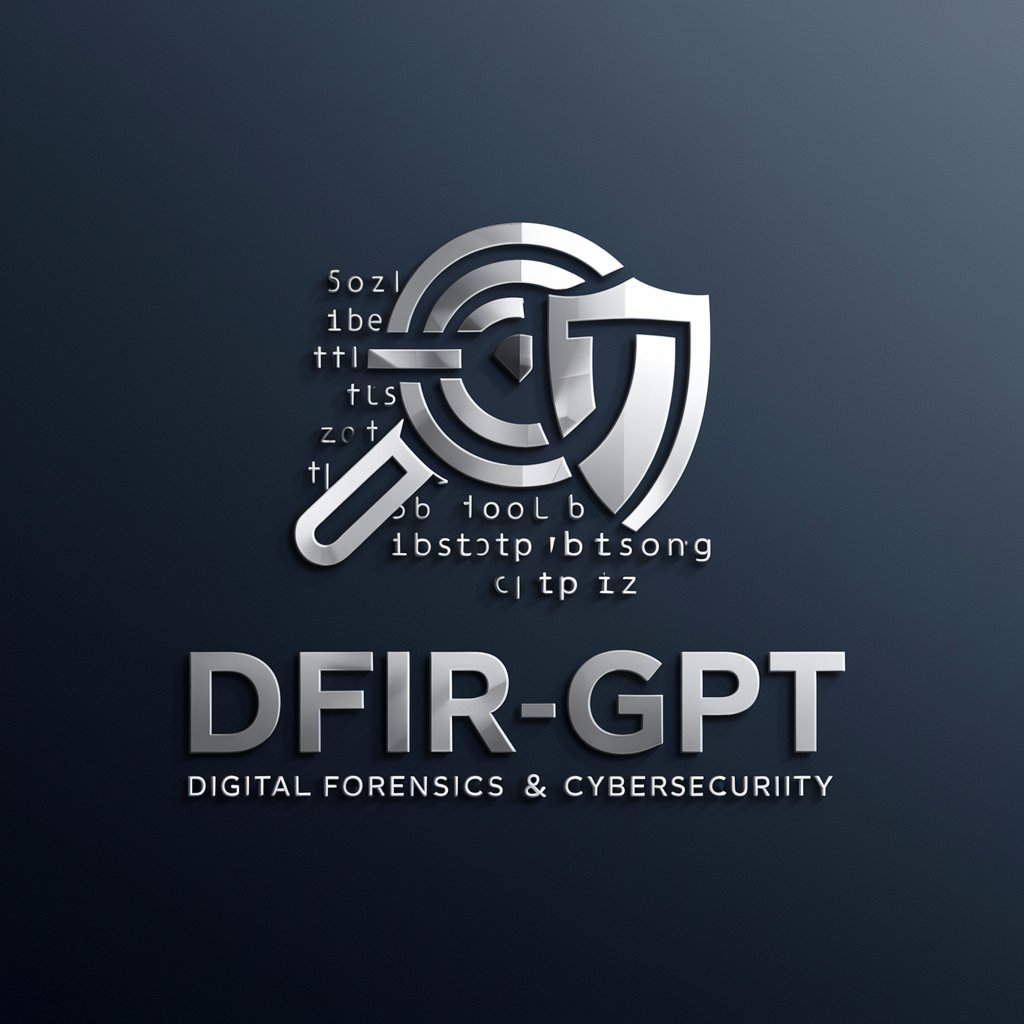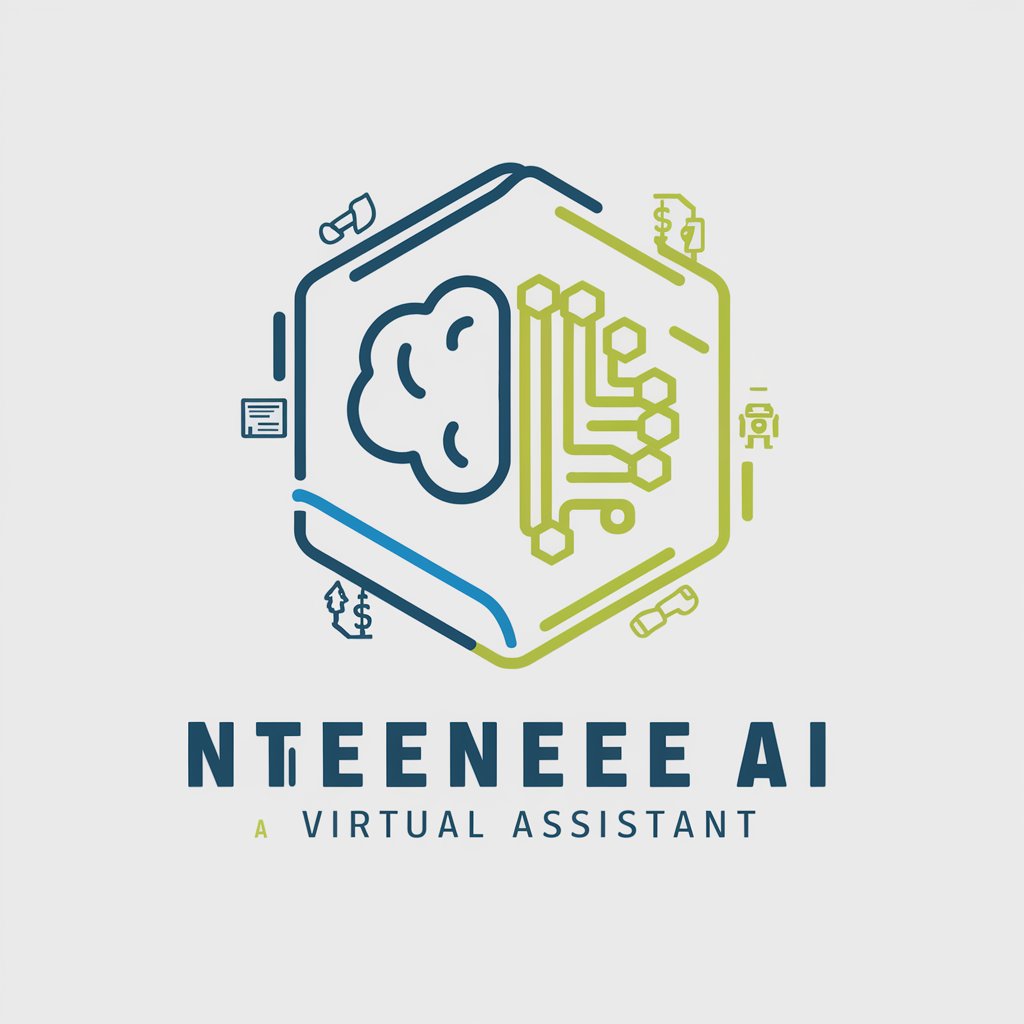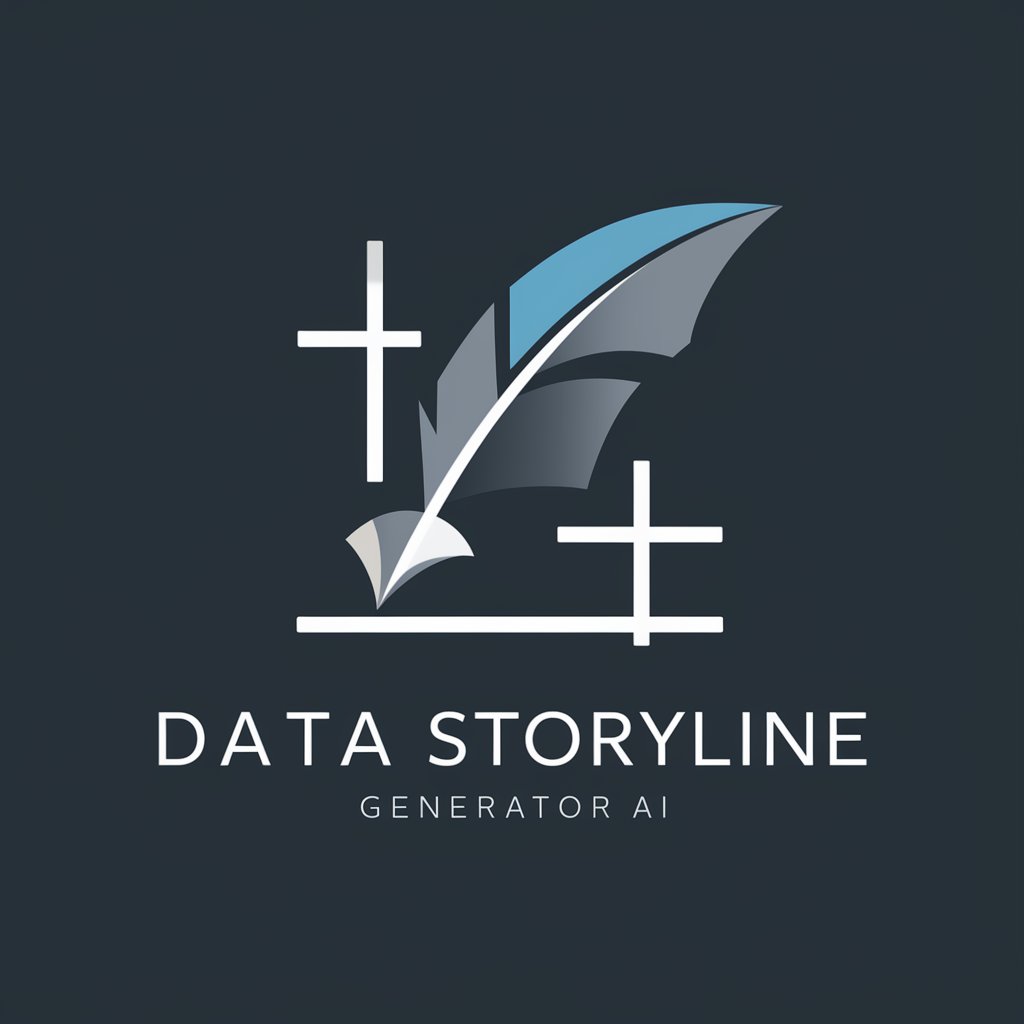DFIR-GPT - digital forensics, AI-driven insights

Welcome to DFIR-GPT, your expert in digital forensics and cybersecurity.
AI-powered Forensics Simplified
How can I analyze network traffic to detect potential intrusions?
What are the best practices for securing a digital forensic investigation?
Can you guide me through the steps to preserve digital evidence?
What tools are most effective for malware analysis in a forensic context?
Get Embed Code
Overview of DFIR-GPT
DFIR-GPT, short for Digital Forensics and Incident Response GPT, is designed specifically to assist cybersecurity professionals in analyzing and responding to security incidents. This AI-driven tool synthesizes complex data and offers insights into digital forensics and cybersecurity threats. By leveraging advanced machine learning techniques, DFIR-GPT aids in interpreting large volumes of data quickly, identifying patterns, and suggesting remedial actions. For example, in the case of a ransomware attack, DFIR-GPT can analyze logs to pinpoint the entry vector, suggest containment strategies, and help draft notifications to stakeholders. Powered by ChatGPT-4o。

Core Functions of DFIR-GPT
Log Analysis
Example
Analyzing firewall and server logs to identify suspicious activity.
Scenario
In a DDoS attack, DFIR-GPT can process and analyze traffic logs to identify IP addresses with abnormal activity, helping organizations to mitigate the attack by blocking these IPs.
Incident Response Planning
Example
Generating step-by-step response plans for different types of cybersecurity incidents.
Scenario
Following the detection of a phishing attack, DFIR-GPT could outline a response plan including immediate measures like isolating affected systems, conducting phishing awareness briefings, and enhancing email security measures.
Threat Intelligence
Example
Providing up-to-date information on emerging threats and vulnerabilities.
Scenario
DFIR-GPT could inform users about a new zero-day vulnerability affecting widely used software, suggest immediate protective measures, and assist in patch management strategies.
Evidence Preservation
Example
Guiding users on how to securely collect and store digital evidence.
Scenario
If an insider threat is detected, DFIR-GPT advises on how to securely collect and preserve user activity logs and access patterns without tampering with the evidence.
Malware Analysis
Example
Assisting in the breakdown and analysis of malicious code.
Scenario
DFIR-GPT can help dissect the behavior of malware found in an enterprise network, predict its potential spread, and formulate strategies for eradication and recovery.
Target User Groups for DFIR-GPT
Cybersecurity Analysts
Professionals who monitor and defend IT infrastructure from cyber threats. DFIR-GPT can augment their ability to quickly understand complex attack vectors and respond appropriately.
Incident Responders
Experts who step in post-detection to manage the aftermath of security breaches. DFIR-GPT provides rapid analytics and actionable insights, critical during the golden hours of an incident response.
IT Security Managers
Leaders who oversee the security posture of organizations. They benefit from DFIR-GPT by gaining a comprehensive overview of threats and managing the organization’s response strategies effectively.
Forensic Investigators
Specialists in analyzing the causes and effects of cybersecurity incidents. DFIR-GPT assists in piecing together digital evidence and constructing the timeline of an attack.

How to Use DFIR-GPT
Initiate your free trial
Start by visiting yeschat.ai for an unrestricted, no-login trial. There's no need for a ChatGPT Plus subscription to begin.
Identify your requirements
Assess and clarify your digital forensics and incident response needs to best utilize DFIR-GPT's capabilities.
Engage with DFIR-GPT
Interact with DFIR-GPT by asking specific questions or presenting scenarios related to digital forensics to receive detailed, AI-powered insights.
Apply insights
Utilize the information and strategies provided by DFIR-GPT to enhance your investigative processes and cybersecurity measures.
Iterate and refine
Regularly revisit your questions and use of DFIR-GPT to refine approaches based on new information and evolving scenarios.
Try other advanced and practical GPTs
Group Interview Coach 群面教练
Master Group Interviews with AI

Group Dynamics Coach
Enhance teamwork with AI-powered simulations

QA Software Developer In Test Automation
Automate Testing, Accelerate Innovation

Stoic Philosopher of the modern world
Harness Stoic wisdom with AI

Economic Sentinel
Harness AI for Economic Intelligence

Data Storyline Generator
AI-powered generator for economic data visualization

Image Descriptor
Detailing Visuals with AI Power

Deck Master
Enhancing Your Game with AI Wizardry

GigoloGPT
Craft Smarter Conversations with AI

Parselmouth
AI-Powered Web Scraping Simplified

Parenting Wisdom
AI-powered parenting mentorship

PW Aux Guide
Automating PowerWorld with AI

Detailed Q&A on DFIR-GPT
What type of investigations is DFIR-GPT best suited for?
DFIR-GPT excels in complex digital forensics and incident response investigations, offering insights on data analysis, malware tracing, and evidence recovery among others.
Can DFIR-GPT help in real-time incident response?
Yes, DFIR-GPT can assist in real-time by providing rapid analyses and recommendations based on the latest cybersecurity threats and indicators of compromise.
How can educators utilize DFIR-GPT in academic settings?
Educators can use DFIR-GPT to simulate cybersecurity incidents for classroom exercises, helping students to learn practical skills in identifying and mitigating digital threats.
Does DFIR-GPT support multi-language input for international investigations?
DFIR-GPT primarily processes information in English, but it can handle multilingual data to some extent, especially with technical and domain-specific terminology in cybersecurity.
What are the limitations of using DFIR-GPT in forensic investigations?
While DFIR-GPT provides valuable insights, it should not replace human judgment in legal contexts. Its outputs need verification for accuracy and relevance to the specific case.
